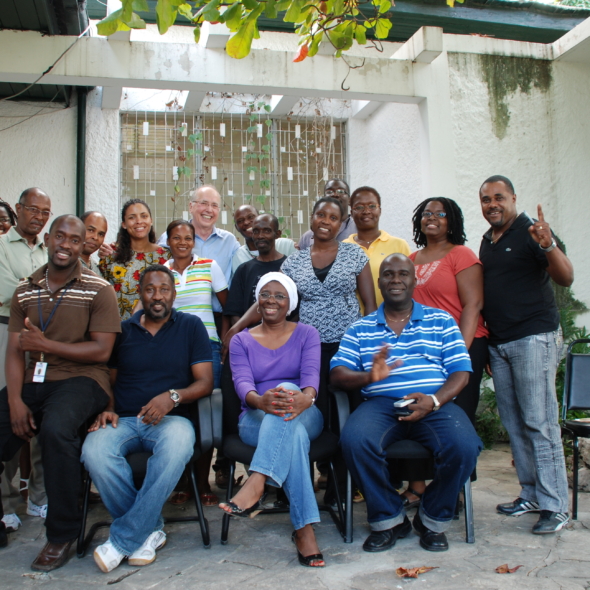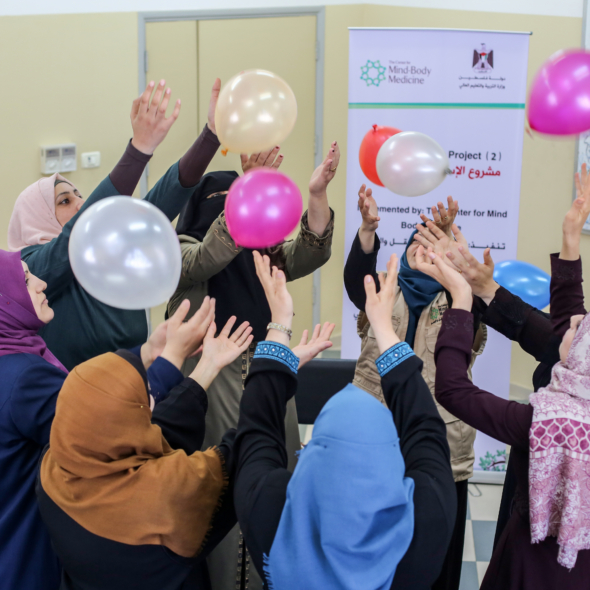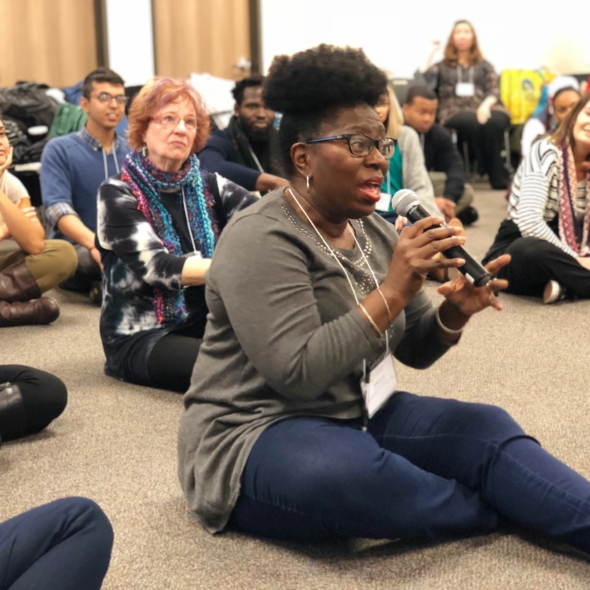March 2, 2009
I’m returning to the Middle East after 9 months away, in the wake of the War in Gaza and the ongoing shelling of the south of Israel by Hamas. Read about our mission here.
Our team is in Israel for 4 days: Amy, who runs our program of clinical supervision for our Israeli and Palestinian faculty. Dan and Lee-Ann, who coordinate both programs on the US side and Afrim and Jusuf, psychiatrists from Kosovo, whom I first met when they we’re refugees in Macedonia during the 1999 NATO bombing of Kosovo. Amy and I have worked together for 10 years. Afrim and Jusuf are like brothers. It seems that Dan and I have been everywhere together, and Lee-Ann, our newest member, has done a fabulous job with logistics for the trip.
We hit the ground running, heading to Sderot, which has been shelled from Gaza for 8 years, as soon as we wake up on the first morning after our arrival. Naftali, our Israel program director, (we’ve trained some 300 health and mental health professionals in Israel over the last 5 years), is doing the driving, and will be introducing us to colleagues who are dealing with the ongoing trauma in Israel’s south.
First stop: the SCIENCE AND RELIGIOUS ELEMENTARY SCHOOL, a meeting with the principal, Dina Chouri as well as Miri Asoulin, a teacher who has come through part of our training program and heads up the “Havens of Calm” program. “Havens of Calm” is a room apart from the school with bean bag chairs, crayons, games, a place for kids to come express their feelings and simply hang out when they need to. Miri is exactly the kind of teacher you wish your children had-or wish you might have had yourself. She has the kind of smile that erases all the doubts you have about your own worthiness, that makes you feel that everything you do is not just alright, but really really interesting.
Over the last 7 years, while shells fell in and around Sderot, perhaps 60 percent of the kids used the “Havens of Calm” room. During the recent war, and in its aftermath, everyone does.”
“For a long time,” Miri tells us, “the children have been nervous and angry; they have trouble sleeping and are wetting their beds. Now, from the time the war began, there are new symptoms. Now the children tend to find scapegoats. One class had an election for what classmate they wanted to most to be dead. They cannot fight against the rockets, so the anger has to go somewhere,” she says.
“In the beginning,” a psychologist who consults with the school, added, “the children were crying and anxious. Now, sometimes, they go into a total freeze when the red alert (the signal that a Qassam rocket is about to fall). One eight year old girl’s body was like a stone. She couldn’t move her hands or feet for four hours.”
Miri and a number of the other teachers and counselors in this and other Sderot schools find the techniques they learned from The Center for Mind-Body Medicine to be enormously helpful for themselves-for they too work, and often live, amidst the falling rockets-and for the kids. She shows us pictures that the children have done of huge rockets falling on their town and of Gaza burning.
The children seem more hopeful, but their parents are not. In Sderot, and in nearby Shaar Ha Negev, we hear voices of distress and disillusionment. “The people felt strong during the war,” one psychologist tells us. “They thought the rocket attacks from Gaza would be over. But now the war is finished, and still we have Qassams almost every day. What was the point?”
More to come.


